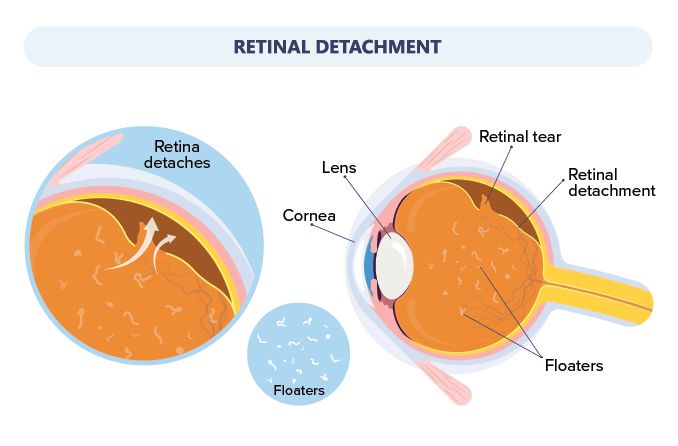
Congenital glaucoma, also known as pediatric glaucoma or infantile glaucoma, is a rare eye condition that occurs in infants and young children. It is characterized by elevated intraocular pressure (IOP), which is the pressure inside the eye. This increased pressure can damage the optic nerve and lead to vision impairment or blindness if not treated promptly.
The condition is typically present at birth or develops shortly thereafter, usually within the first few years of life. Congenital glaucoma is caused by abnormalities in the eye’s drainage system, which prevents the proper outflow of aqueous humor, the fluid that fills the front part of the eye. The accumulation of this fluid leads to increased IOP.
The exact causes of congenital glaucoma are not always clear, but they often involve structural and developmental abnormalities in the eye. Some potential factors that contribute to the development of congenital glaucoma include:
- Abnormal Angle Development: The drainage angle of the eye, where the cornea and iris meet, may not develop properly in children with congenital glaucoma. This can obstruct the outflow of aqueous humor.
- Genetic Factors: There is evidence to suggest that genetic factors play a role in congenital glaucoma. Mutations in certain genes may be linked to the development of abnormal eye structures and drainage issues.
- Hereditary Component: In some cases, congenital glaucoma can run in families, indicating a hereditary component.
- Structural Abnormalities: Other structural abnormalities within the eye, such as a thinner cornea or a smaller eye size, may contribute to the condition.
- Premature Birth: Premature birth or certain medical conditions during pregnancy may increase the risk of congenital glaucoma.
- Secondary Causes: In rare cases, congenital glaucoma may be associated with other eye conditions or syndromes.
The symptoms of congenital glaucoma can vary but often include excessive tearing, sensitivity to light (photophobia), corneal clouding, enlargement of the eye (buphthalmos), and squinting or closing one eye. Because infants and young children are unable to communicate their discomfort, it’s important for parents and caregivers to be vigilant about monitoring their child’s eye health and behavior.
Early diagnosis and treatment are crucial for managing congenital glaucoma and preventing vision loss. Treatment typically involves surgical intervention to improve the drainage of aqueous humor and reduce intraocular pressure. Medications and eye drops may also be used to help manage the condition.
Consult ophthalmologist Dr. Sonia Maheshwari , Eye specialist in Vikhroli for a proper evaluation and guidance on the most appropriate treatment plan. she is practicing at Clear Sight Eye care and Laser Center.



